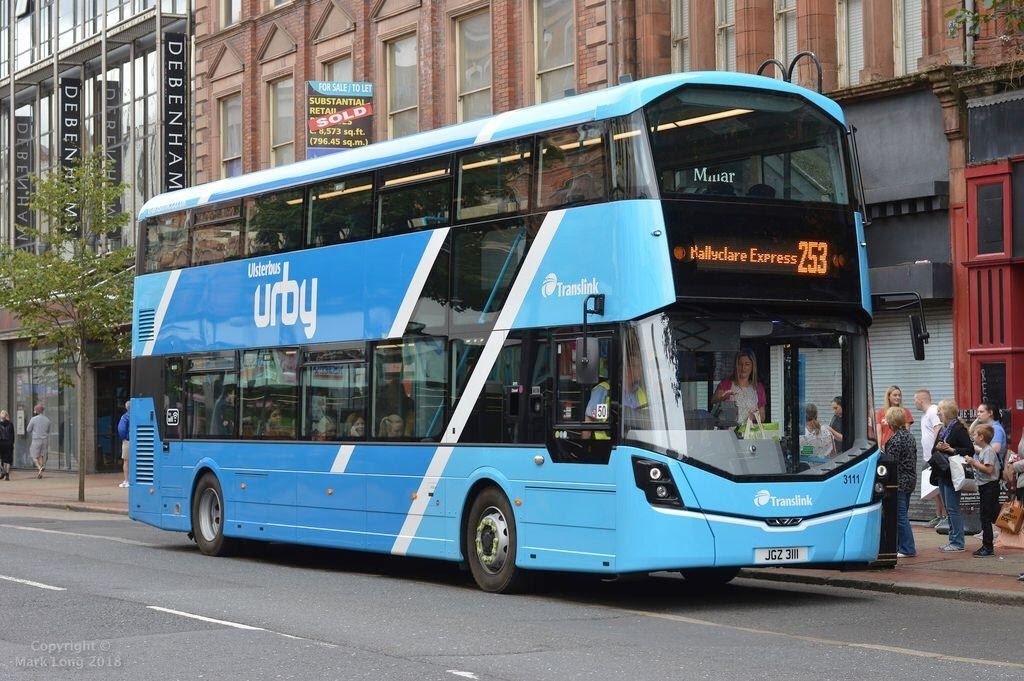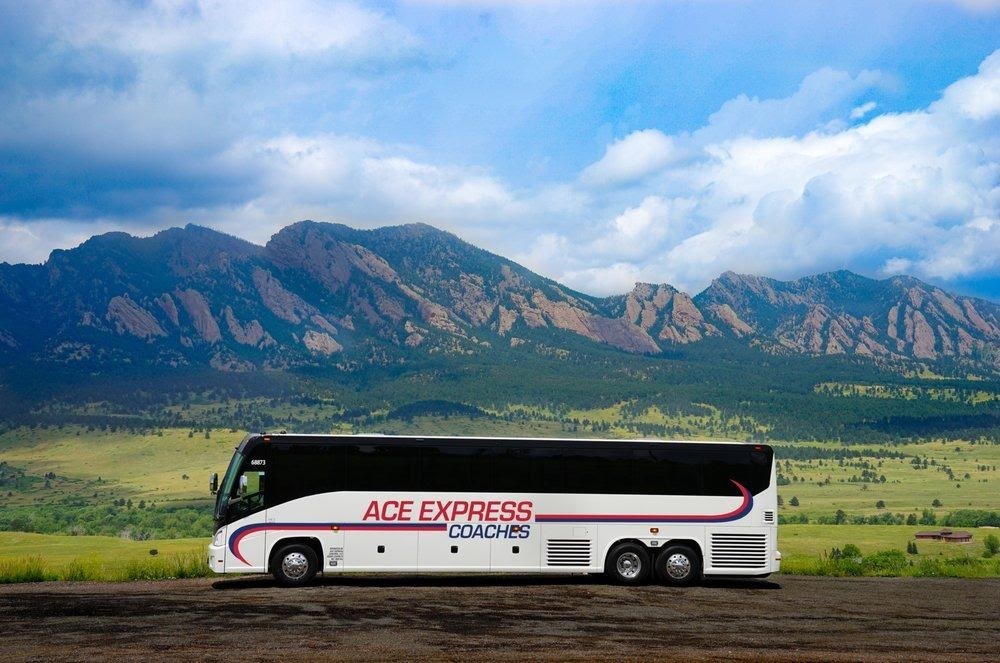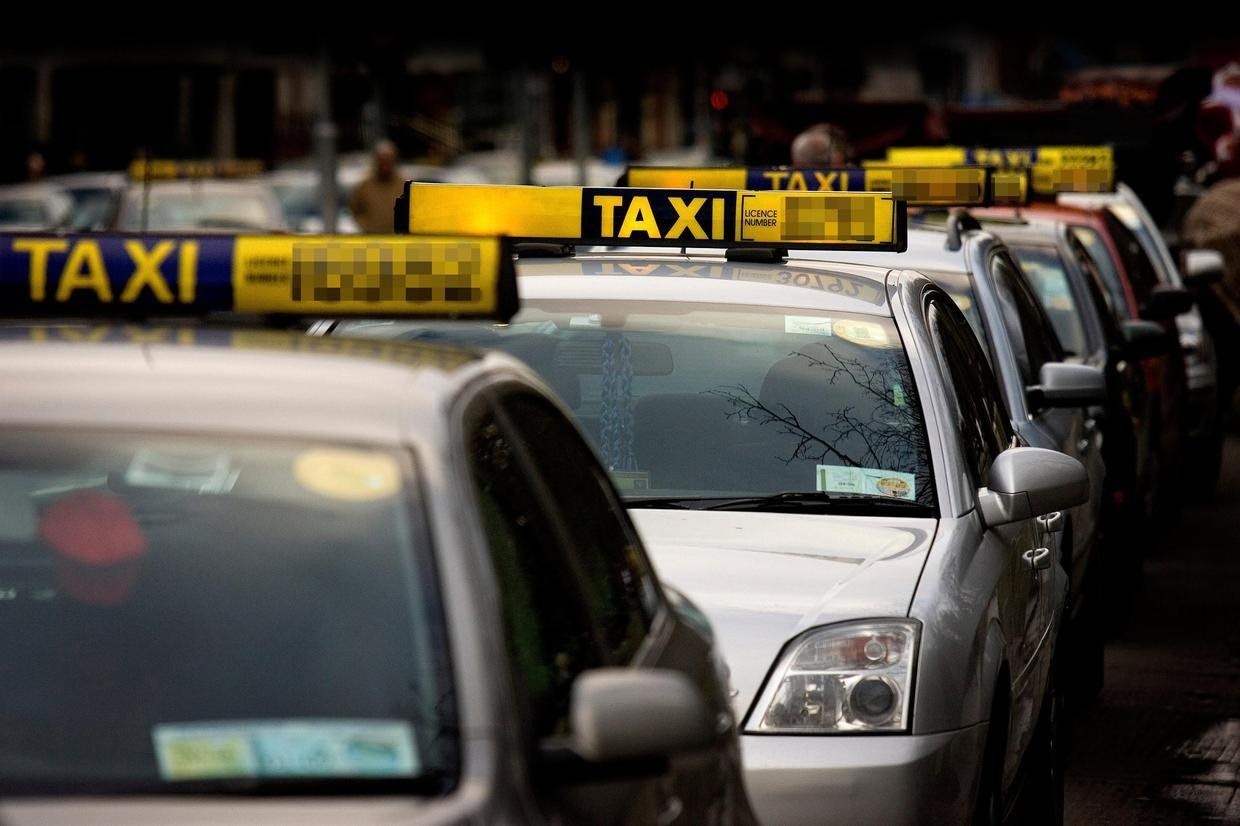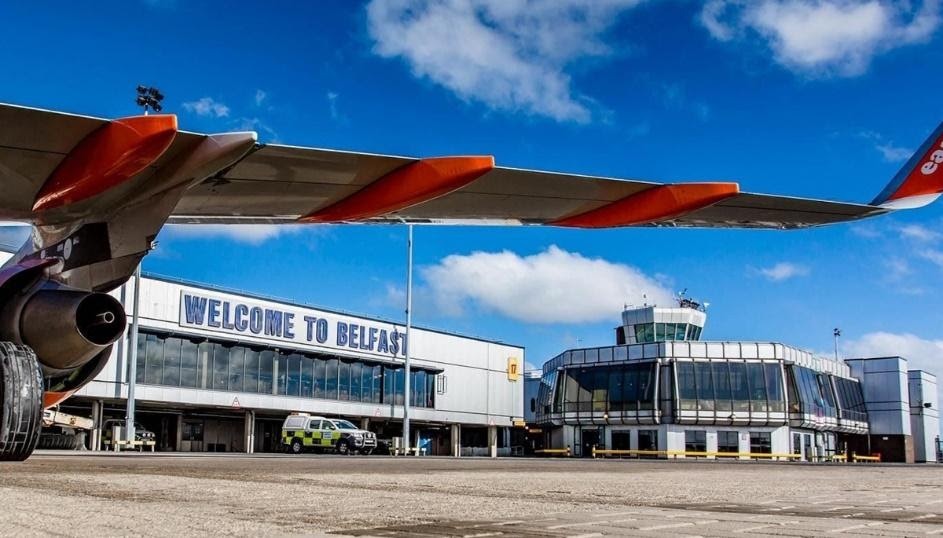Transportation in Northern Ireland
International Airports
George Best Belfast City Airport (BHD) https://www.belfastcityairport.com/
Belfast International Airport (BFS) (Formerly known as Aldergrove Airport) https://belfastairport.com/

Rail services
Translink NI Railways operates scheduled rail services in Northern Ireland.
Scheduled rail services are on the following routes:
Belfast to Bangor
Belfast to Larne Harbour
Belfast to Coleraine to Londonderry
Belfast to Portadown to Newry
All lines offer a combination of express services and trains that stop at each halt and station, with up to seven trains operating per hour at peak times on key commuter lines.
The Enterprise Service links Belfast and Dublin by rail and is jointly operated between Translink NI Railways and Iarnród Éireann.
It provides eight services in each direction Monday to Saturday and five in each direction on Sundays.

Buses
Ulsterbus
Ulsterbus operates across Northern Ireland, serving all main towns and villages.
Goldline
Goldline is an express coach service which gives a greater choice and frequency on services and links together the main towns and cities across Northern Ireland.
Metro
The Metro Network has 12 high-frequency corridors along main arterial roads into Belfast city centre and additional services operating throughout Greater Belfast.
Glider
Glider is a new service that connects west Belfast, east Belfast and the Titanic Quarter through the city centre.

Coach companies
Airporter https://airporter.co.uk/
Ace Coaches http://www.acecoaches.com/
Logans Executive Coaches https://loganstravel.com/
Yellow Line http://www.yellowlinecoaches.com/
Translink https://www.translink.co.uk/
Ferry services
Local services run from Northern Ireland ports to England, Scotland and the Isle of Man.
Rathlin Ferry
https://rathlinballycastleferry.com/
A passenger and vehicle ferry service runs between Ballycastle and Rathlin Island.
The service is operated by Rathlin Island Ferry Limited and offers nine return daily sailings in summer and five return sailings in winter. The journey time is 45 minutes by the vehicle ferry and 20 minutes by the passenger-only vessel.
At peak periods demand can be greater than places available and advance booking is recommended.
Vehicle access to the island is restricted and only those drivers eligible to hold passes are permitted to take their vehicles on the ferry.
Strangford Ferry
https://trafficwatchni.com/twni/strangford-lough-ferry
A ferry service operates across Strangford Lough between the villages of Strangford and Portaferry.
To travel the distance between Strangford and Portaferry by road is around 46 miles and takes about an hour-and-a-half by car. By contrast, the ferry route is about 0.6 nautical miles with a typical crossing time of about eight minutes.
Other ferries:
Kintyre Express (https://kintyreexpress.com/) operates a service from Ballycastle to Campbelltown and then from Campbelltown to Troon.
Manx Ferries (https://www.manxferries.com/) operates a seasonal service between Belfast and Douglas, Isle of Man.
P & O Ferries (https://www.pofreight.com/) operates a service from Larne to Cairnryan.
StenaLine (https://www.stenaline.co.uk/ferries-to-britain) operates services from Belfast, to Cairnryan and to Liverpool.
Taxis
There are four classes of taxi in Northern Ireland: A, B, C, and D. The taxi class determines how that taxi can be used.

Class A taxis
These taxis will have:
a roof sign, coloured yellow to both the front and back
taxi plates on the front and back of roof signs
signs in the front windscreen and both rear passenger windows
a taximeter and printer fitted
a taximeter fare card prominently displayed
Outside the Belfast Zone, these taxis can be hailed, pre-booked, and stand at taxi stands.
Within the Belfast Zone, these taxis can be pre-booked, and can be hailed from midnight until 6.00 am every Friday and Saturday night, and on public holidays.
Class B taxis
These taxis will have:
a roof sign, coloured white to the front and yellow to the back
taxi plates with a wheelchair accessible logo on the front and back of roof signs
signs in the front windscreen and both rear passenger windows
a taximeter and printer fitted
a taximeter fare card prominently displayed
These taxis will be wheelchair accessible and can be hailed, pre-booked, and stand at taxi stands.
Class C taxis
Class C taxis can only be used on a pre-booked basis, booked at an operating centre and must carry details of their booking in the taxi during the journey.
They cannot be hailed and cannot be used on taxi ranks.
Examples of Class C taxis are vehicles used for chauffeur services, weddings, funerals, and courtesy transport.
These taxis must not display a roof sign or advertise as a taxi service, but must display a sign in the front windscreen.
Class D taxis
These taxis are licensed to operate along set routes and are permitted to charge the passengers separate fares. Taxis operating this service can only do so under a Department for Infrastructure permit.
These taxis can also be pre-booked for executive or tour services; they can also provide services under contract for the education and health authorities.
Class D taxis do not need to display roof signs, but must display internal signs on the front windscreen and rear windows.
